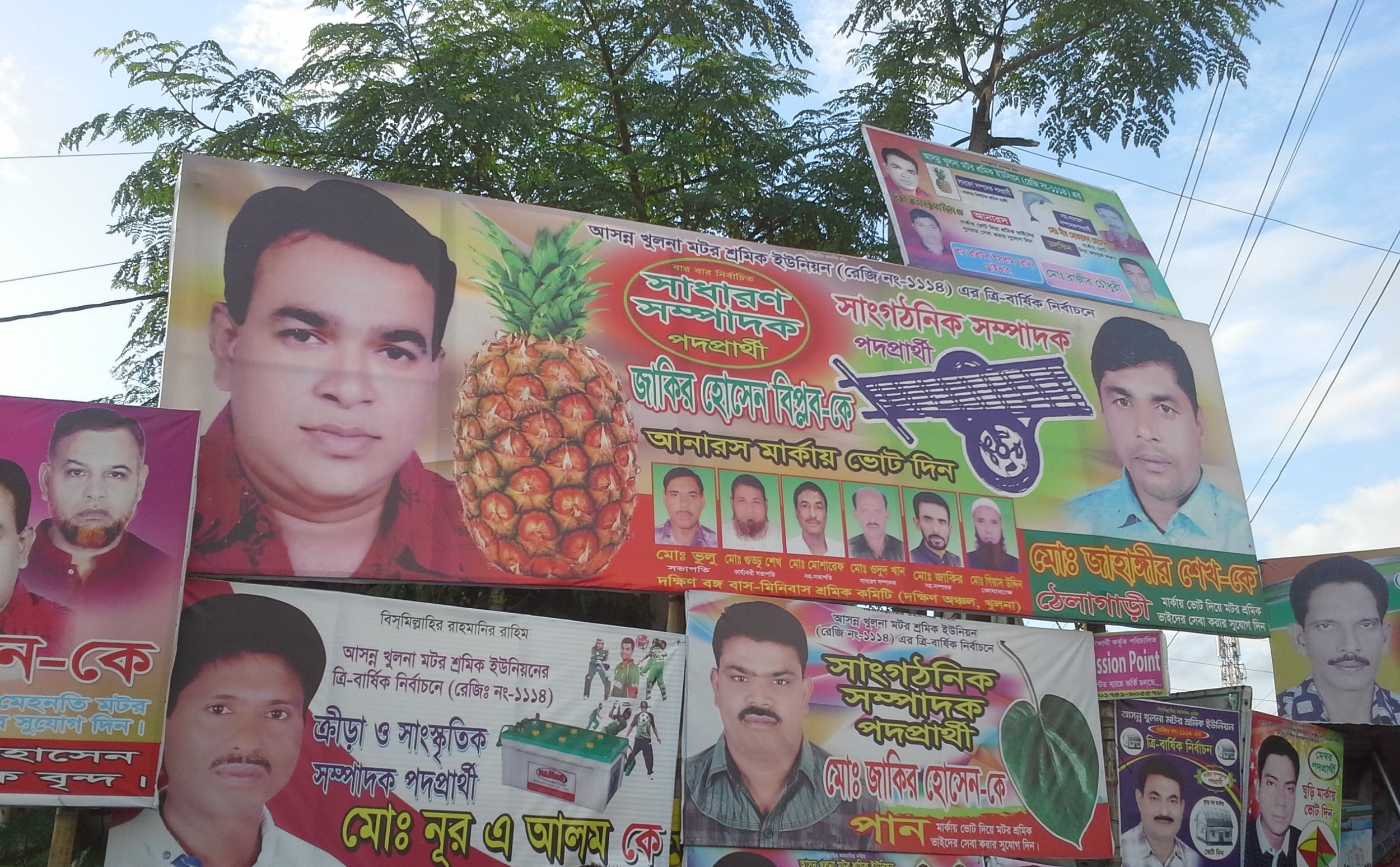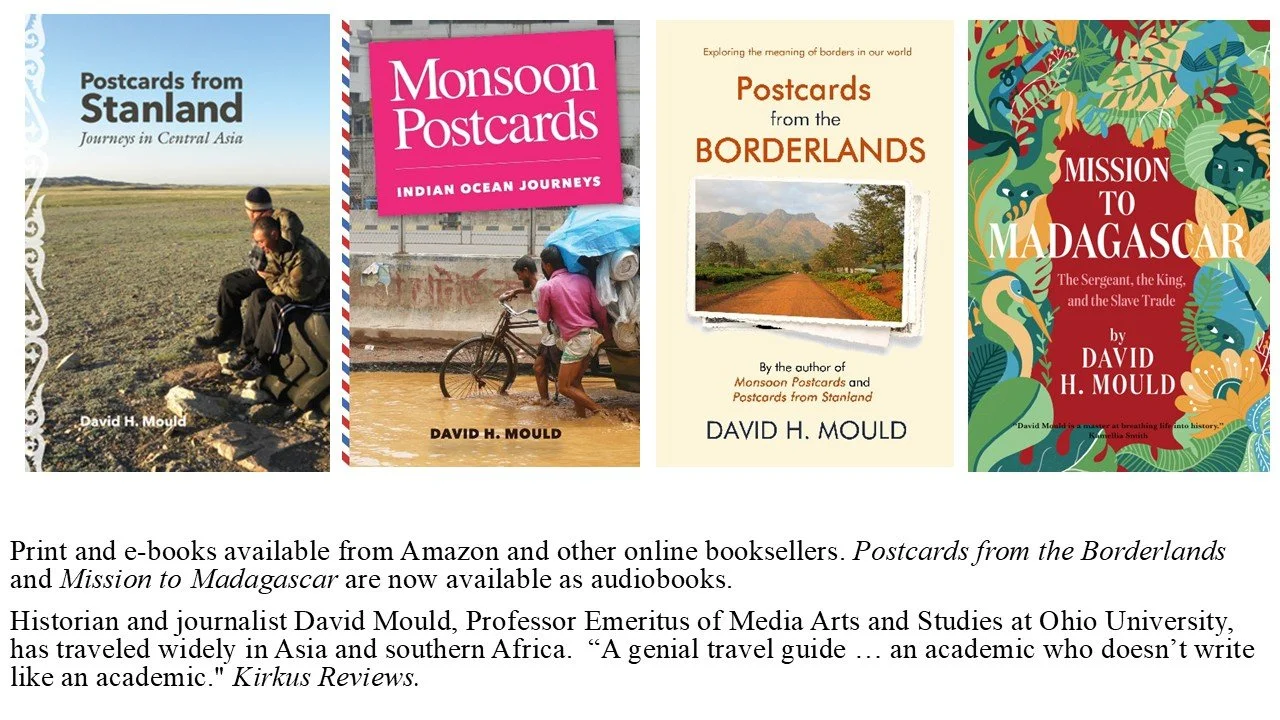In Bangladesh, a country with more than 700 rivers, it’s hardly surprising that the symbol of the dominant political party, the Awami League, is a boat—in this case, a traditional river craft with a high prow, the nouka. As in other developing countries, political symbols are important, especially in rural areas where literacy levels are lower than in the cities. Although urban areas are growing, two thirds of the population still live in rural areas. Voters may not be able to read a newspaper or a political poster, but they will recognize the party symbol. Vote the boat.
The ruling Awami League (AL) was already in full campaign mode when I visited in September 2018, three months before parliamentary elections,. All over Dhaka, banners and posters featuring the prime minister, Sheikh Hasina, were plastered on billboards, building walls, telephone poles, and almost anything else that could support them. The grandmotherly, bespectacled and always smiling Hasina promised to maintain the country’s impressive pace of economic development.
The symbol of the main opposition party, the Bangladesh Nationalist Party (BNP), a sheaf of rice stalks, is also designed to appeal to rural voters. In 2018, no one was giving the BNP much chance. Its ailing leader, Khaleda Zia, was in prison on what her supporters claimed were politically motivated, trumped-up corruption charges; her son was trying to run the party from exile in London. Although the BNP eventually allied with other opposition groups to contest the election, Sheikh Hasina and the AL, with the help of a little voter intimidation and ballot rigging, emerged victorious.
There is no accurate count of the number of political parties in Bangladesh. The last British Viceroy, Lord Mountbatten, was quoted as saying: “When you have two Bengalis, you have two political parties. When you have three, you have two parties, each with three wings.”
Mountbatten’s words rang true to me on my visit to Khulna, the third largest city in the country. Municipal elections were coming up and at key points around the city--major roads and intersections, the bus station, the markets--large banners of candidates competed for attention. They were all (or mostly) men, and they struck serious, unsmiling, I’m-all-about-business poses in their photos.
Their parties use a variety of images. The symbol of the local BNP is the pineapple, a metaphor for agriculture or fruitfulness or I don’t know what. As my UNICEF car returned from the university one day, we were halted by a march of BNP loyalists, shouting slogans and holding wooden signs with the candidate’s photo and a pineapple underneath.
Two parties use images of animals found in the Sundarbans--the large delta region of mangrove forest to the south--so there’s the crocodile party and the dolphin party. This is an agricultural area, so there were rice stalks and a farm cart. One candidate, presumably running on a law and order platform, looked tough and urged voters to cast their ballot for the padlock. Then there was the guy with the wrench, presumably running on an “I’ll fix the problem” platform.
At one intersection, a poster showed horses galloping in a field. I hadn’t seen a horse since I arrived. I asked my UNICEF companion Umme Halima what it meant. She shrugged. “I think it’s supposed to suggest that these guys are energetic,” she said.










